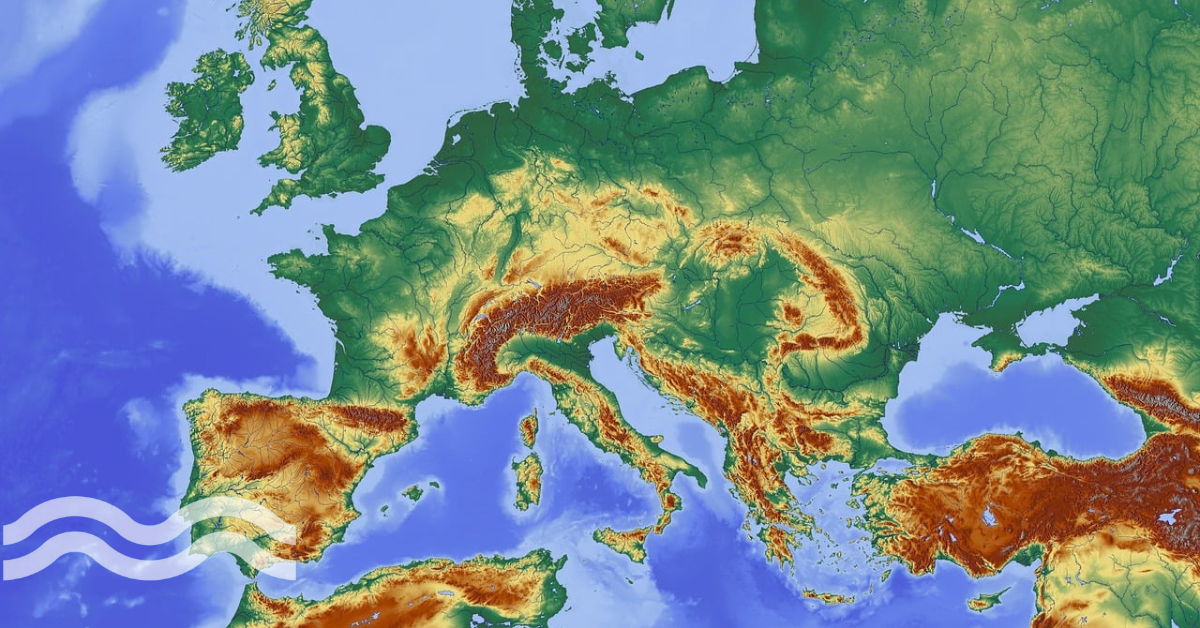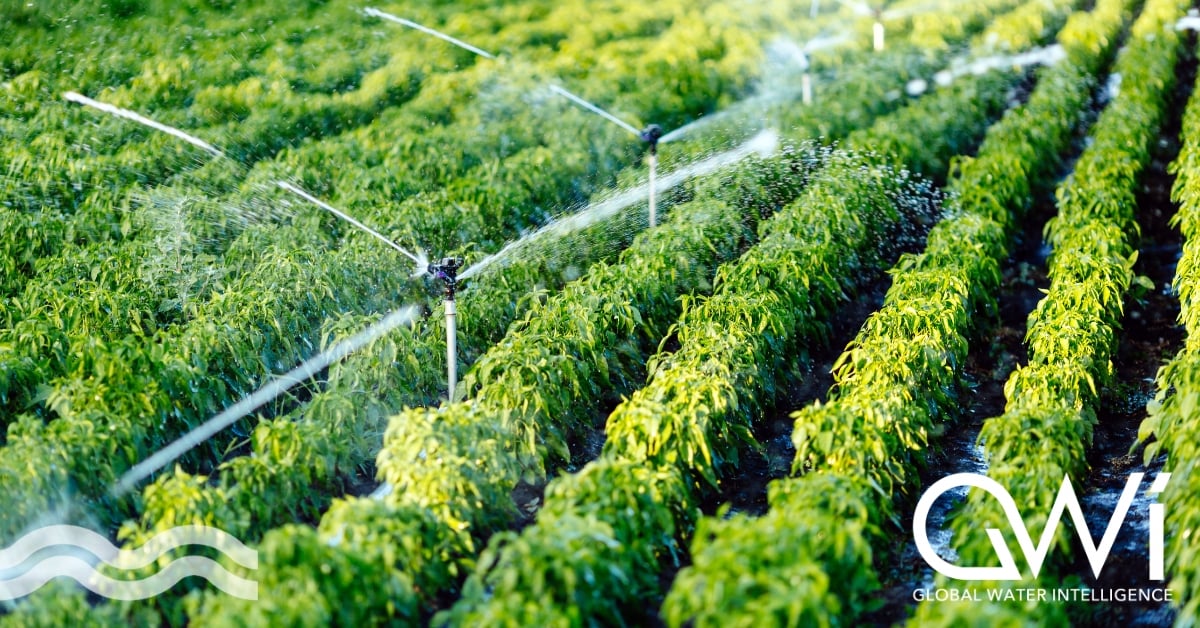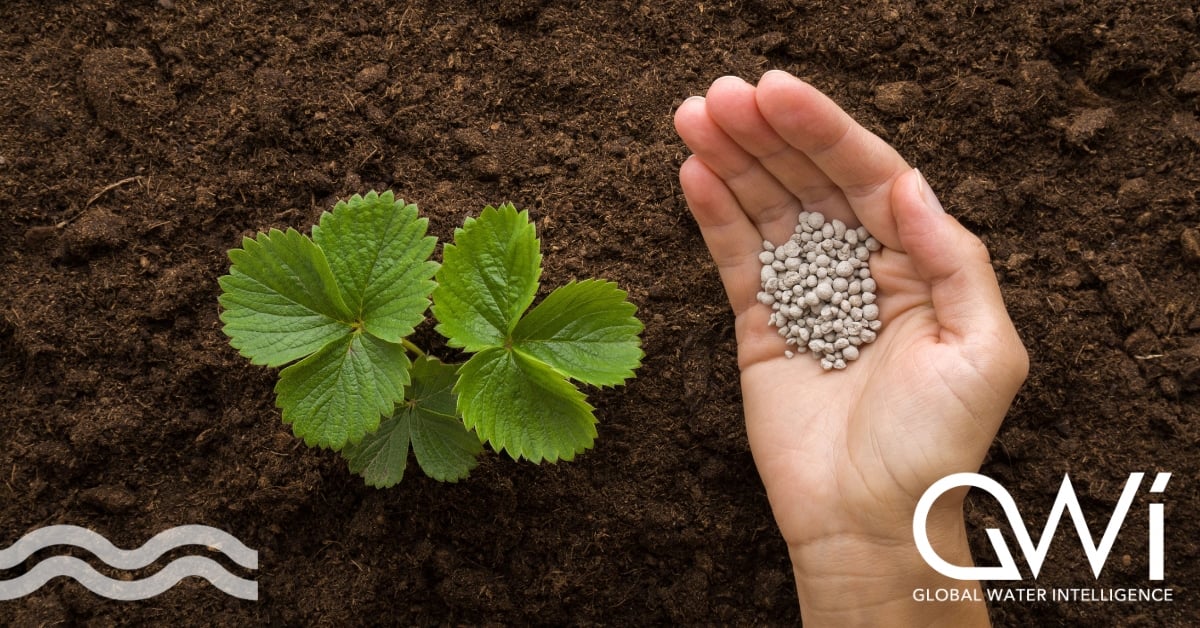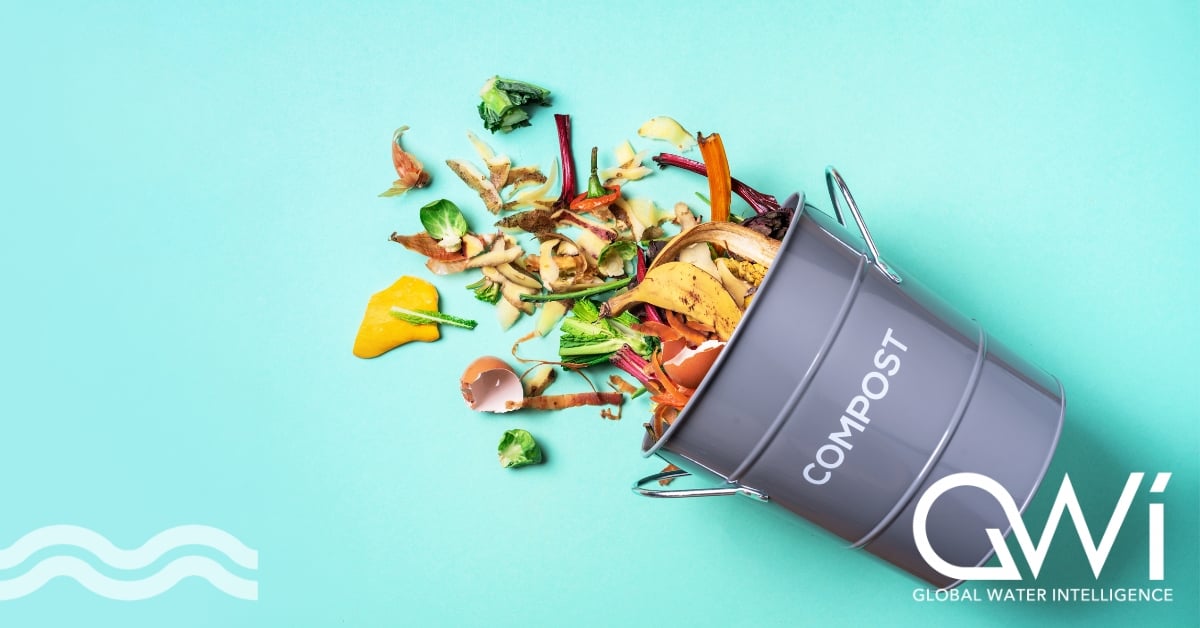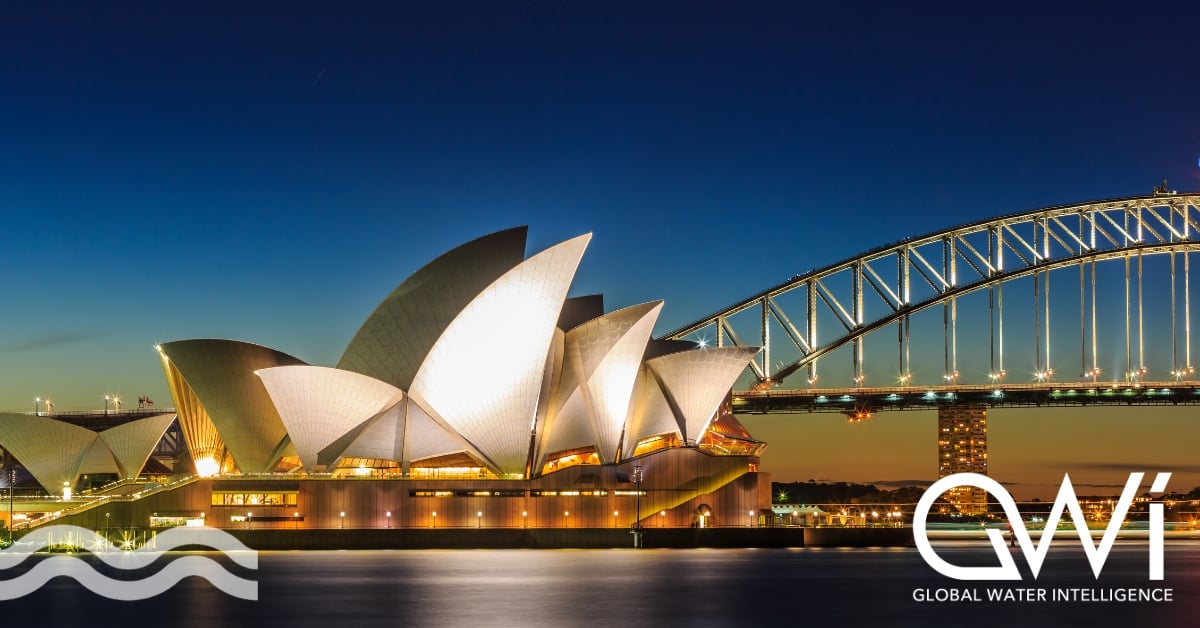Global stewardship standards for the water industry
SCS Global Services is now offering its Certification for Water Stewardship and Resiliency. Aquatech Online spoke to Lauren Enright, program manager, Water Services, and Kevin Warner, director of ESG certification and strategy, about the standards.
Water stewardship in a broader context
SCS Global Services developed its Certification for Water Stewardship and Resiliency (WSR) to help organisations gain a deeper understanding of site-specific water data, and to help them pursue continuous improvements.
It will help companies raise awareness of their water stewardship achievements with transparent on-product claims.
The standard benchmarks an organisation's water management and stewardship practices, while encouraging companies to go beyond its minimum mandatory reporting requirements to connect water use with the wider circular economy, innovative technologies, biodiversity, and nature-based solutions.
The standard leverages risk, impact, and opportunity in relation to water metrics (water usage, consumption, discharge, quality, water balance) and place-based data to assess relevant and accessible reduction in water usage in the face of climate adaptation.
Organisations are encouraged to create opportunities for strategic shifts in operations and finances to adapt to changing water conditions and climatic changes.
Water standards: a natural progression for SCS
SCS began in December 1984 doing pesticide residue testing in California. Since then, the company has expanded to provide climate and social compliance and offers more than 130 environmental sustainability programmes.
Kevin Warner: “As a company, we’ve worked in all these industries that are adjacent to water - we were AWS certifiers - and pretty clearly, waters is a critical subject matter area that we need to be in as a sustainability company, so it wasn’t a question of ‘do we do it?’ It was ‘how we do it’ and how ready is the market for it? For a lot of organisations, water is a new area for them.”
We want to integrate water stewardship within that model and the culture, and make it sit within wider sustainability goals
With clients well established in water-adjacent industries, the SCS standards team, a subsidiary of SCS Global Standards, was regularly asked about developing alternative standards.
Lauren Enright: “We were really well placed in the market to create this. And while some may view our standards as being in competition with others, SCS is really just trying to raise water stewardship up, rather than compete with others.”
Practical standards and clear pathways
The standards were based on the language on the environmental management system in ISO 14001.
Lauren Enright: "Feedback suggests we have created a really clear pathway, for example, from the point of view of risk, it really connects to the impact on the ground and the opportunity that the client has to showcase that. We don't want to take people out of their business model, we want to integrate water stewardship within that model and the culture, and make it sit within wider sustainability goals."
She added: "Certainly, feedback we've had states that the standard is very practical, something that can be easily implemented on the ground and altered to make it fit with clients' risk assessment processes and 2030 goals."
What companies would benefit from the standard?
Kevin Warner: There are organisations that have a plan or goals for water, but don't really have a pathway for implementation. Or maybe other standards weren't the right fit for them, and they needed something else.
Many multinational companies are actively addressing water stewardship in their sustainability goals, acknowledging for example, that water conservation and reuse initiatives are needed to address water scarcity and quality issues both in offices and in the river basins they operate in.
They want to see the practicality of implementing a standard on the ground
Lauren Enright: "There are companies who are very well versed in water stewardship that want to increase their own monitoring and rigour in this space for reputational reasons. They want to see the practicality of implementing a standard on the ground."
"Then there are others who aren't ready for certification but are ready for a really deep dive on water risk assessments and to understand the prioritisation of their own enterprise sites and to be able to really drill into that."
The standards development process
Kevin Warner: "There is a development process we follow, with ISO-best practices, representation from different parts of society. We bring in technical experts. We develop the standards and then we put it open to public comment for several months."
Comments were received from many sources, including NGOs and multinational organisations. These were fed into the final draft standards.
"The revision and rewriting process for the water stewardship and resiliency standard was really interesting because the comments we received were more extensive than I've seen in other processes we've had. Really constructive and useful feedback. All these comments meant we were able to build a much stronger standard."
Really constructive and useful feedback. All these comments meant we were able to build a much stronger standard.
The standards went through a comment period from March to April (2024) which last for 30 days. The SCS team then spent a month reviewing the comments and editing the standards. The SCS Water Stewardship and Resiliency Standard was officially launched in the middle of June.
Lauren Enright: "There has been a lot of interest and since May we've been on our own trajectory, in terms of marketing and sales, and implementation training."
"We've been talking to multinational organisations, and talking about trusted provider partnerships or collaborative partnerships, as well as organisations that are looking to integrate and embed the SCS standard into their own processes and framework for credibility and transparency purposes."
The standards are now being piloted, which could lead to further revisions.
Gaining certification and going above and beyond
The certification process occurs in two stages: A pre-stage document review, followed by a half-day, onsite audit. The scheme cycle lasts every three years; following initial certification, two years of surveillance would, and then in the third year you would get re-certified.
Kevin Warner: "The standard has continuous improvement built into it. In that first year, you're creating a lot of baselines of data, but then you're tracking improvements off of that baseline, so it's a three-year you know multistage process, which we've had positive feedback on.
In that first year, you're creating a lot of baselines of data
The standard also features in-built 'trailblazers'. These are opportunities for clients to focus on areas that matter to them – for example, if they've got more land impacts, it might be the biodiversity trailblazer gets adopted. These are going above and beyond the baseline of risk assessment and data collection and offer the client the option of gaining recognition for demonstrating social and environmental leadership.
The trailblazer programmes are:
- Natural Habitat and Biodiversity Impacts
- Nature Based Solutions
- Innovative Technologies
- Water Circularity
- Net-Zero Water Use Net-Positive Water Use
- Water Quality Improvement
- Community Engagement
For more information, please visit: https://www.scsglobalservices.com/services/water-stewardship-and-resiliency-certification
We promise never to send you spam and you can unsubscribe at any time!

